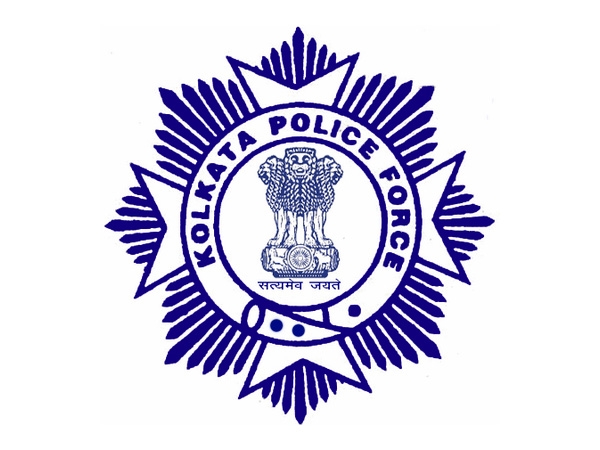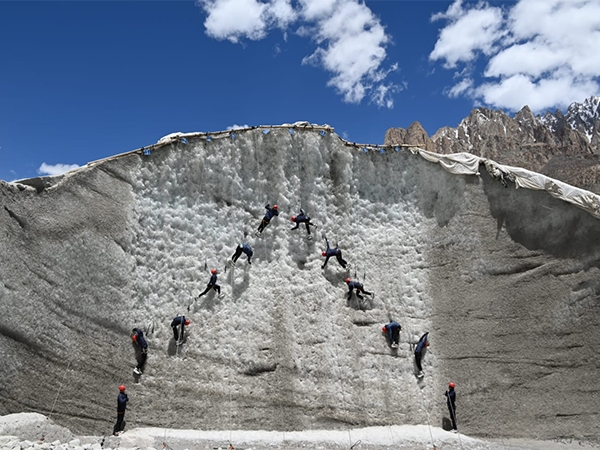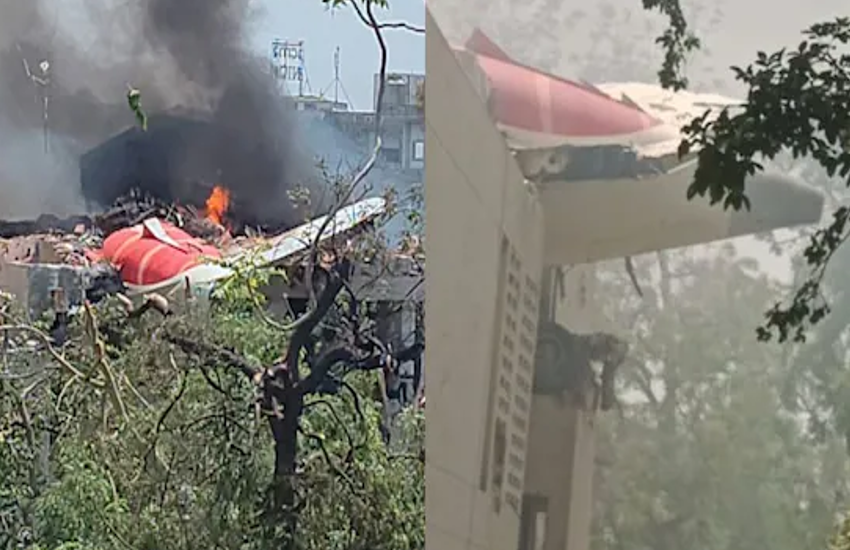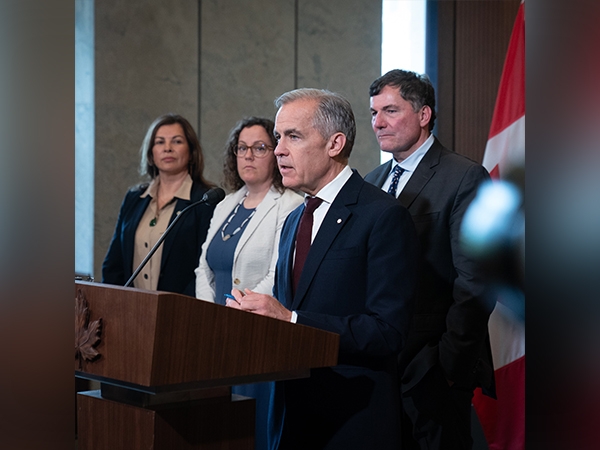Advantage BJP: the 10 factors in Amit Shah's favour in Bihar

The significance of Bihar as a political battleground cannot be overstated. The best minds across all parties are brainstorming to hit upon that one formula that can win them the state.
The NDA and the BJP are no different. As this article is being written, a very high-level two-day meeting (17-18 July) of BJP leaders is taking place at an undisclosed location.
According to sources, the object of the meeting is to decide on the seat-sharing formula with its NDA partners and the campaign plan in the state. Also on the agenda is a discussion on the strategy and manoeuvres it can employ to counter the sitting alliance in the state, headed by Nitish Kumar.
On 16 July, the NDA has already started its campaign in Bihar with a rally from Patna's iconic Gandhi Maidan, where BJP president Amit Shah was present on stage. The NDA is sending 'Parivartan Rath' (vehicle of change) across the state to turn the public mood in its favour.
Like in its electoral successes in Haryana, Maharashtra and Jharkhand, the NDA doesn't have a local face of the campaign. Instead, it's PM Narendra Modi who is being projected face-to-face with the two heavyweights of the state, CM Nitish and Rashtriya Janata Dal chief Lalu Prasad Yadav.
The BJP is getting a taste of its own medicine as the personality-based campaign formula that it used so successfully in the 2014 general election has now been adopted by Nitish.
However, the BJP, and the NDA at large, have many things going for them in the run-up to the crucial assembly polls. Here are the top 10 positives.
"The Bihar election is a caste-based election where religion, development and corruption stand far behind this factor. Our calculations about the castes are good and we will achieve what we want," says a BJP leader from the state.
Indications are that the upper-caste votes are consolidated in favour of the BJP. Nitish tried to appease the upper castes during his 10 years in the office, but his alliance with Lalu is the biggest factor why the upper castes will choose the BJP over him.
Within the BJP, some upper-caste faces are not happy with the kind of importance that is being given to Dalits at the Centre and in the NDA at the state level. However, the possibility of them rebelling is minuscule. The expectation is that when the polling days roll around, they would be galvanising the vote for the BJP, despite their disagreements.
Without saying so, the BJP has succeed in making this election into a forward castes vs backward castes election; well, at least the forward castes think so.
The BJP is allied to Hindustan Awam Morcha leader Jitan Ram Manjhi, Lok Janshakti Party leader Ram Vilas Paswan and Rashtriya Lok Samata Party's Upendra Kushwaha. These leaders are the faces of the Dalits and Mahadalits in the state.
Nitish, on the other hand, has a smaller chunk of Dalit vote in the bag. Dalits may vote for him in certain areas, but a big part of the community is expected to vote for the NDA.
As far as the 'forward castes-and-Dalits-together' formula is concerned, it's true that it has an element of fragility. However, there is a historical precedent of it working in the neighbouring state of Uttar Pradesh, where BSP leader Mayawati rode this combination to power in 2007. The BJP hopes it can repeat this in Bihar.
Furthermore, the RSS is working with Dalits as part of its social engineering strategy. This is bringing them closer to the BJP, and more efforts towards this would help the party in the state.
No matter how many pictures BJP leaders get clicked wearing skullcaps and at Iftaar parties, Muslims will not vote for the NDA in the state. Even Ram Vilas Paswan's presence will not attract them, as he has joined hands with PM Modi.
In such a scenario, 'OBC' is the password to success. The BJP has some Yadav faces in the party, and it is also planning to give tickets to OBCs, especially Yadavs, on caste-dominated seats. Sushil Kumar Modi, the possible leader of the NDA in state, is also from the OBC community.
External factors like Pappu Yadav, who is campaigning against Lalu and Nitish, could also have an effect on the RJD and JD (U)'s traditional dominance of the OBC vote. Also, the BJP already has some OBC faces who have joined party after leaving Lalu and Nitish's side.
The biggest disadvantage that Nitish faces is anti-incumbency. Nitish has been in power for 10 years, and there appears to be a mood for a change.
Though there has been some development work under Nitish, the expectations of the people have not been met. Unemployment and poverty are still forcing people migrate to other states.
[twittable]Nitish has tried to appease the upper castes, but his alliance with Lalu will push them to vote for the BJP[/twittable]
Little has been achieved in sectors like public health and education. From elementary education to the higher studies, youth migration to other states has not seen any significant reduction in his tenure.
All this plays into the hands of the BJP and the NDA.
It was not an easy task to bring bitter rivals Nitish and Lalu on the same platform. But the obvious compulsions and some external efforts have made it possible.
But just because the leaders are putting up a united front doesn't mean the tensions among party workers and other leaders of both parties has disappeared.
RJD leader Raghuvansh Prasad Singh has already voiced the issues at the ground level. He said the alliance is not reflecting at the grassroots and the required coordination is missing. The recent Legislative Council election results, which saw both the RJD and the JD (U) perform poorly, are seen as an example of this.
The campaign is much too personality-oriented, and this is making RJD workers uneasy. The confusion among the workers is disappointing voters.
One may agree or disagree with Amit Shah's politics, but his managerial skills are something even his bitterest opponents acknowledge and appreciate.
The Bihar election is a real challenge for Shah, and thus, he is taking it very seriously. The state BJP, as an organisation, is very divided, and there is infighting and a lot of competition among the leaders. A good manager like Shah can keep them disciplined and in line.
The BJP and the NDA are riding the boost they've received after their victory in the recent MLC elections.
Now, there are predictions that the PM, in his upcoming rally in Muzaffarpur, would announce some packages for the state. The same might happen in the PM's speech from the Red Fort on Independence Day.
These popular announcements would help the NDA to counter the anti-poor image it has acquired in the last one year.
Modi is still a ray of hope for many, despite some disappointments in his first year in office. 'Modi magic' still has some potential and might work in favour of the NDA.
Lalu joining the alliance with Nitish is a disappointment for the urban middle-class voter in the state. This aspirational section of the populace, which might have continued supporting Nitish, is not happy with the alliance. It might, therefore, vote for the BJP rather than the alliance.
[twittable]At his Muzaffarpur rally, the PM may announce packages for the state to counter the NDA's anti-poor image[/twittable]
Lalu's 15-year rule in the state was seen as the period of lawlessness. Crime rates were high; cases of murders, extortion and kidnappings are still fresh in the minds of the people. Many voters, especially in urban areas, thinks that if Lalu comes back to power, they might witness the same law and order crisis again.
As part of its strategy, BJP is working hard to gain acceptance among the Bihari migrants in other states. This formula was tested before the general election, and is being re-implemented now, keeping in mind that migrants can be opinion-makers for their families and communities back home.
The BJP has a proper plan to work on migrants in Gujarat, Delhi and other states. The party is organising 'Bihari Sammelans' in Delhi and Gujarat. People who are students and workers in these states will be approached. They would then be convinced about why it is important to vote for the BJP and how this would lead to development and good governance.
This is a key advantage for the BJP, since Lalu and Nitish are the regional players and they have limitations in approaching migrants in other states. BJP, with a stronger national presence and organised cadre, is more equipped to handle these activities.
As mentioned above, all is not rosy in Lalu and Nitish's grand alliance. Although the Congress is firm on keeping it united in the face of the strong NDA, Lalu's increasing disappointment might end up playing spoilsport.
The perception among the people is that the alliance may not even last till the election. And even if it does, there's no guarantee that it would stay intact even if it wins the election.
This possible divorce is a cause for much hope within the BJP. Even if the alliance doesn't break up, its inherent fragility could prevent voters from putting their trust and casting their votes in its favour.



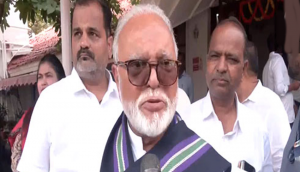
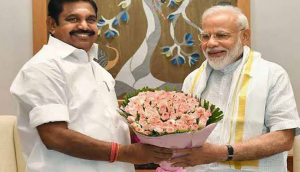
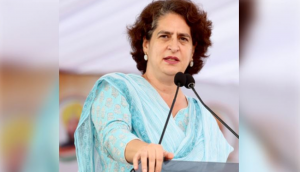
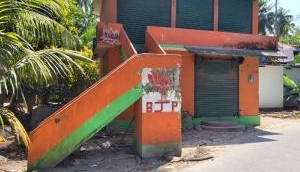
![BJP's Kapil Mishra recreates Shankar Mahadevan’s ‘Breathless’ song to highlight Delhi pollution [WATCH] BJP's Kapil Mishra recreates Shankar Mahadevan’s ‘Breathless’ song to highlight Delhi pollution [WATCH]](https://images.catchnews.com/upload/2022/11/03/kapil-mishra_240884_300x172.png)

![Anupam Kher shares pictures of his toned body on 67th birthday [MUST SEE] Anupam Kher shares pictures of his toned body on 67th birthday [MUST SEE]](https://images.catchnews.com/upload/2022/03/07/Anupam_kher_231145_300x172.jpg)


